
TagMathematics

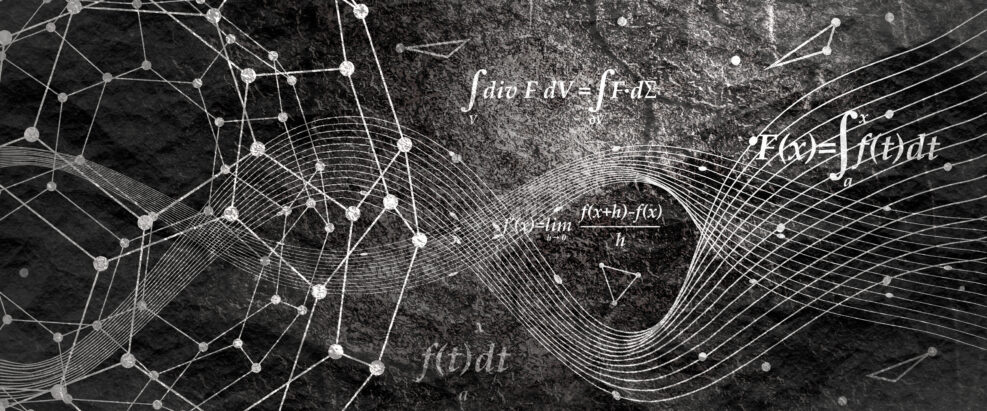
Kurt Gödel’s “Incompleteness Theorem”
For Kurt Gödel, mathematics pointed to a remarkable world of transcendent order and meaning
Let’s Dispose of Exploding Pie Charts
Pie charts are seldom a good idea. Here's why.
The Universe and its Mathematical Structure
Do humans project mathematics upon nature or vice versa?This past June, we published an article featuring a conversation between physicist Lawrence Krauss and novelist Cormac McCarthy, where they discussed whether mathematics was “discovered or invented.” Robert J. Marks went on to write his own thoughts on the question shortly thereafter. If you’re further interested in mathematics and whether there is an actual correspondence between math and the natural world, consider watching new podcast episode featuring Dr. Melissa Cain Travis. Do humans project mathematical order onto nature? Or was it there all along? On a new episode of ID the Future, I conclude a three-part conversation with Dr. Melissa Cain Travis about her recent book Thinking God’s Thoughts: Johannes Kepler and the Miracle of Cosmic Comprehensibility. In Part 3, we look Read More ›
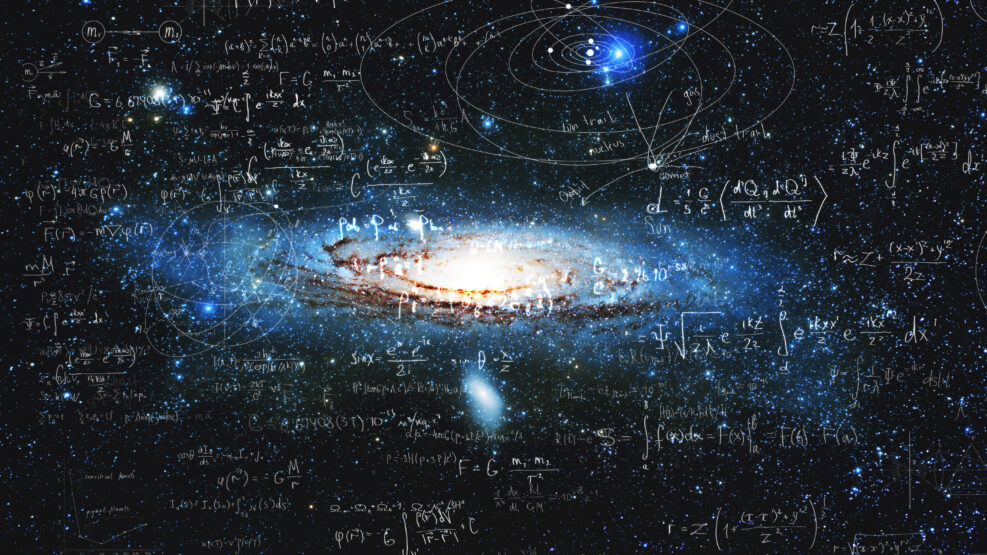
From Physics to Faith?
A podcast episode looking at how physics points to more than meets the eyeDo you recognize the number 1/137.035999206? It might seem arbitrary, but if the fine-structure constant were any higher or lower than it is, you might not exist! On this episode of ID the Future, host Brian Miller kicks off an engaging conversation with Rabbi Elie Feder and Rabbi Aaron Zimmer, hosts of the Physics to God podcast. Feder has a PhD in mathematics and has published articles on graph theory. Zimmer has training in physics, and has studied mathematics, philosophy, and psychology. Both men also have extensive rabbinical training. Through their podcast, Feder and Zimmer invite both secular and religious listeners on a journey through modern physics as they offer rational arguments for an intelligent cause of the universe. In Part 1 of Read More ›

Science as Insight vs. Science as Power
What are the core purposes of science and math? Evaluating the idea of "knowledge as power" in the computer age
Using Data Like a Drunk Uses a Lamppost
Startup companies can be tempted to use statistics for support instead of real illumination
Of Infinity and Beyond
What are the problems and solutions with infinity in mathematics?The concept of infinity has plagued a great many proofs, both formal and informal. I think that there are two foundational problems at play in most people’s thinking about infinity that causes issues. The first problem people have with infinity is that they treat it as if it were a single value. Because infinity is bigger than all possible natural numbers, people assume that it is bigger than any number, and therefore there is nothing beyond infinity. Therefore, people have the concept that if I have two infinities, then I still have the same number. They believe that 2 * infinity = infinity. However, using that logic can quickly lead to contradictions. This problem is exacerbated by much mathematical notation. People often will Read More ›
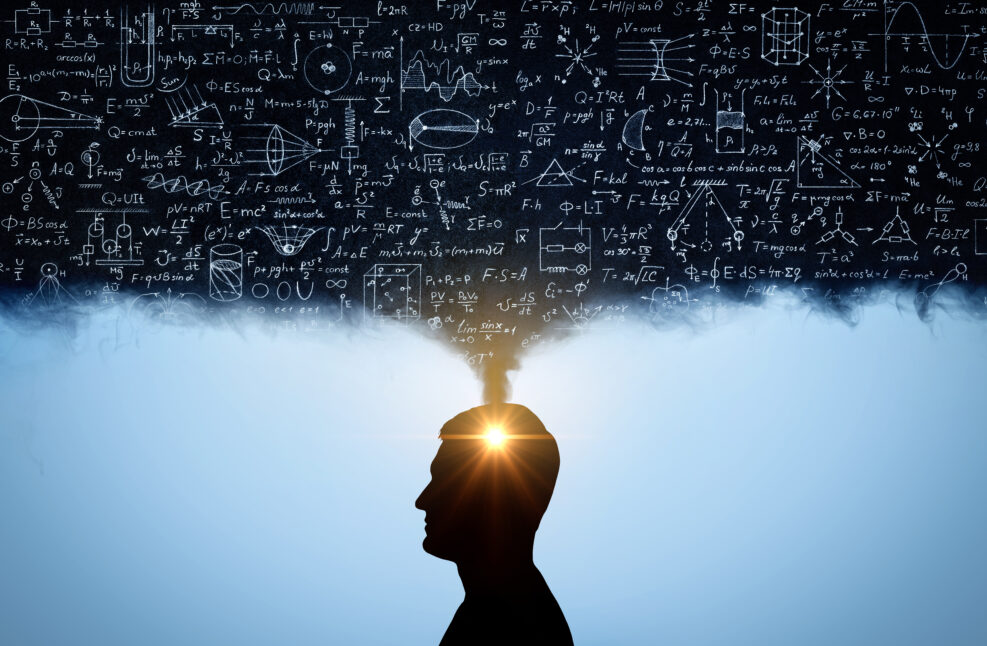
Is Mathematics Discovered or Invented?
Some think math is invented. Evidence, though, points towards discovery.Some think math is invented. (See the article by Peter Biles.) Evidence, though, points towards discovery. Simultaneous mathematical discovery supports this viewpoint. Many mathematical breakthroughs are sometimes independently reported by two or more mathematicians at roughly the same time. The most famous is the simultaneous discovery of calculus by Isaac Newton and Gottfried Wilhelm Leibniz. Newton was secretive about his discovery and shared his results with only a few members of the Royal Society. When Leibnitz published his discovery of the calculus, Newton charged him with plagiarism. Today, historians agree that the discoveries were independent of each other. Here are some other lesser-known examples of simultaneous discovery. The Papoulis-Gerchberg Algorithm (PGA). The PGA is an ingenious method for recovering lost Read More ›
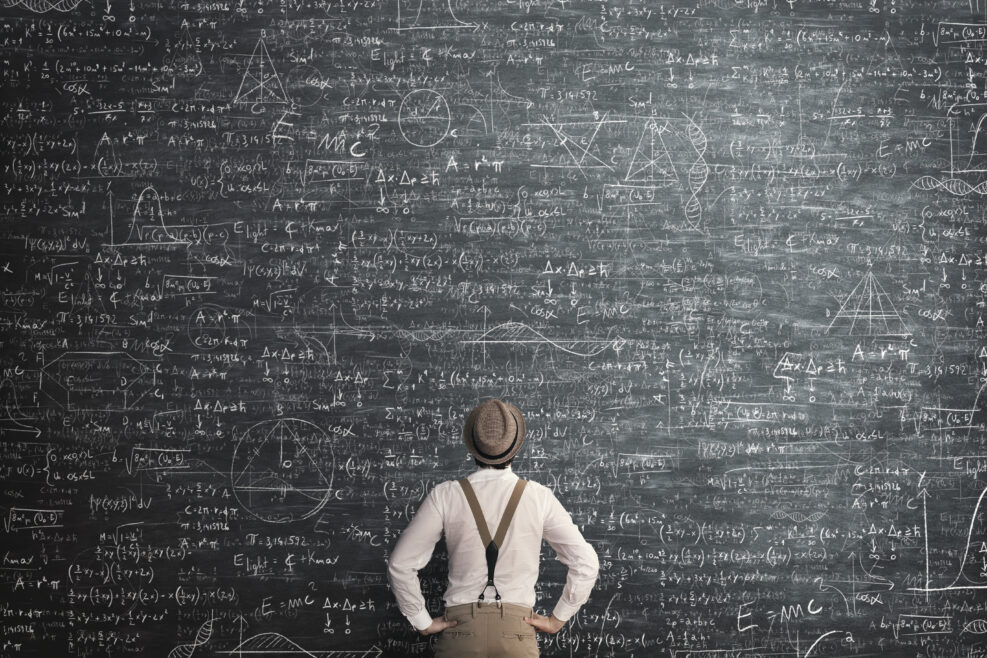
Iterations of Immortality
If it is beauty that governs the mathematician’s soul, it is truth and certainty that remind him of his dutyby David Berlinski Editor’s note: We are delighted to welcome Science After Babel, the latest book from mathematician and philosopher David Berlinski. This article is adapted from Chapter 7. The calculus and the rich body of mathematical analysis to which it gave rise made modern science possible, but it was the algorithm that made possible the modern world. They are utterly different, these ideas. The calculus serves the imperial vision of mathematical physics. It is a vision in which the real elements of the world are revealed to be its elementary constituents: particles, forces, fields, or even a strange fused combination of space and time. Written in the language of mathematics, a single set of fearfully compressed laws describes their secret Read More ›

Is Mathematics an Illusion? Lawrence Krauss and Cormac McCarthy Discuss
McCarthy asked, "Would mathematics be here if we weren't?"In December, physicist and author Lawrence Krauss interviewed the late American novelist Cormac McCarthy, who died on June 13th at the age of 89 in Santa Fe, N.M. McCarthy is famous for his remarkable fictional works like The Road and Blood Meridian, but he was also deeply fascinated with mathematics and science. Apparently, he enjoyed reading science more than he did fiction! He moved to Santa Fe from El Paso to be closer to the Santa Fe Institute, a science think tank where McCarthy would spend time speaking with various physicists, scientists, and mathematicians. His latest two novels, The Passenger and Stella Maris, are about a brother and sister who are both brilliant mathematicians. Towards the beginning of the interview, Read More ›
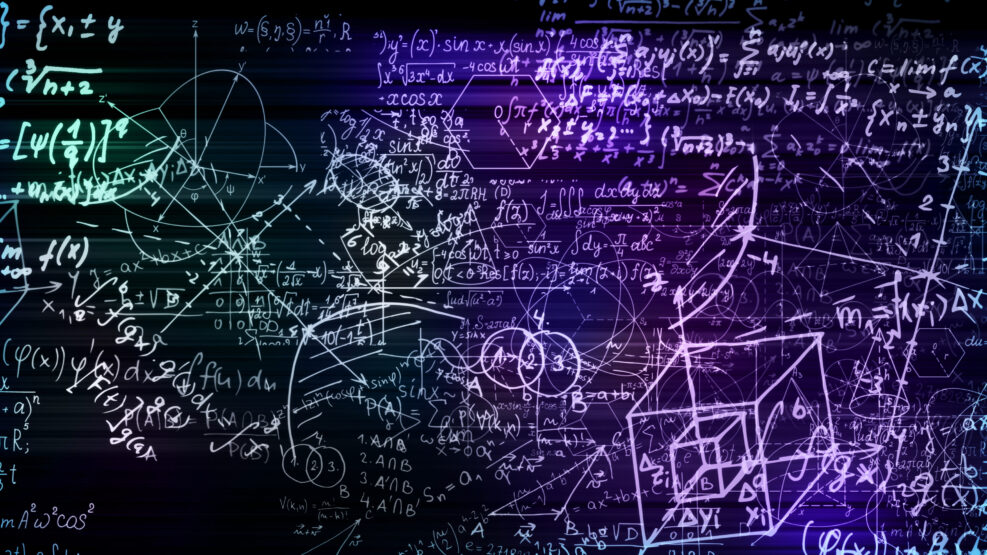
Math, Mind, and Matter
The surprising similarities between mathematics and literatureLast October, legendary American author Cormac McCarthy, who wrote Blood Meridian and The Road, released a pair of interconnected novels called The Passenger and Stella Maris. The books arrived after a sixteen-year silence from the desk of McCarthy. The books deal, per usual, with themes of mortality, fate, and the “God question,” and are predictably lyrical, vivid, and dark. But McCarthy plows new ground in these sibling novels. The books are about mathematicians. It’s fiction about math. The story revolves around the complex relationship between a brother and sister: Bobby and Alicia Western. Bobby is a deep-sea diver with some history in the field of mathematics, while Alicia is a once-in-a-generation math prodigy. Not Estranged, but Akin After reading these books myself, I marveled at McCarthy’s ability to Read More ›
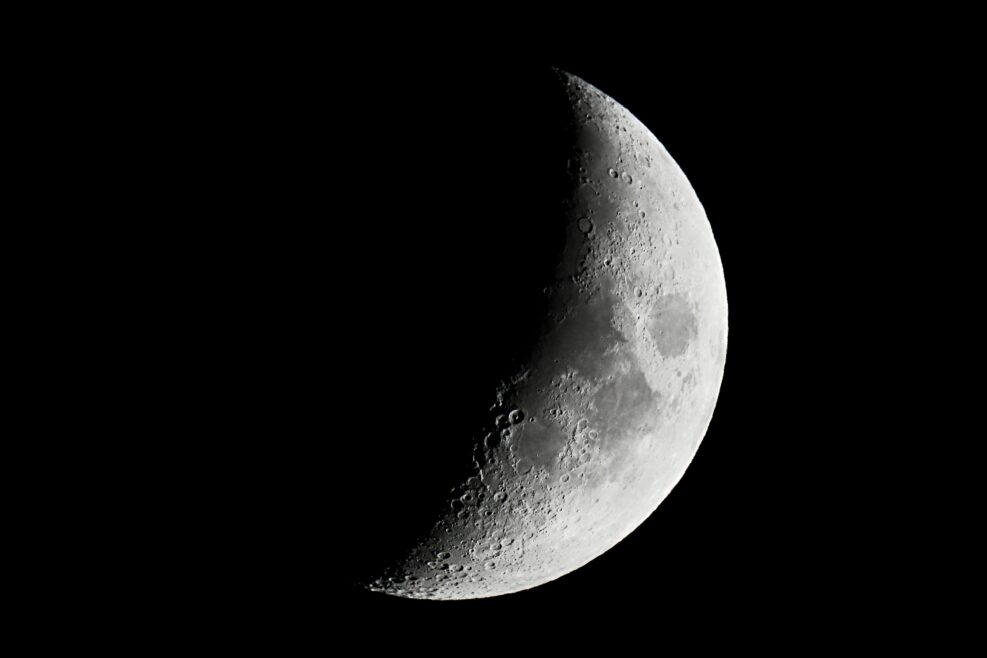
We Can’t Build a Hut to the Moon
The history of AI is a story of a recurring cycle of hype and disappointmentOnce upon a time there live a tribe who lived on the plains. They were an adventurous tribe, constantly wanting to explore. At night they would see the moon drift lazily overhead, and became curious. How could they reach the moon? The moon was obviously higher than their huts. Standing on the highest hut no one could reach the moon. At the same time, standing on the hut got them closer to the moon. So, they decided to amass all their resources and build a gigantic hut. Reason being that if standing on a short hut got them closer to the moon, then standing on a gigantic hut would get them even closer. Eventually the tribe ran out of mud and Read More ›

What Do We Want With Mathematics Curriculum?
If we are going to dedicate such a large portion of our children's lives to learning mathematics, we had better know whyModern policy discussions in America almost always leave out the biggest question – why are we doing what we are doing in the first place? Leaving out first principles always leaves people trying to find the most practical way to accomplish nothing in particular. We have become accustomed to not asking questions about first principles because they always sound too doctrinaire, but then we wind up, at best, making the misplaced assumption that everyone is reaching for the same goal, or, far worse, viewing the activities themselves as the goals. One place where this problem repeatedly rears its ugly head is education, and especially mathematics education. Why are we teaching math? What do we want people to get out of Read More ›

The Fundamental Problem With Common Core Math
Intuition relies on skill, not the other way aroundIn 2010, a bold effort to reform math curriculum was adopted by the majority of the United States. Known as “Common Core Math,” the goal of this endeavor was to establish a common foundation of mathematics education across the country, and to help bolster not only students’ mathematical abilities, but also their mathematical intuition. The goal was to help students think about math more deeply, believing that this will help them work with mathematics better in later years. Before discussing problems with this approach, I want to say that I appreciate the idea of helping students think more deeply about mathematics. After years and years and years of mathematics education, many students wind up thinking about mathematics as merely a set Read More ›

Practicing the Basics: Teaching Math Facts in the Classroom
How to help students make deeper connections within mathematics with creative games.Many people learn to hate math early on. One of the places where people learn to hate math first is in high-stakes speed testing for math facts. This has caused quite a bit of angst in mathematics education for people on both sides of this issue. On the one hand, some have advocated for getting rid of math facts memorization altogether. On the other hand, others have doubled-down, saying that we need speed tests in order to make sure that the cognitive load of arithmetic is limited for later mathematics work. While I fall more into the latter camp than the former, I do think that a more balanced approach to mathematics education may help students in the long run. Read More ›

The Chaitin Interview III: The Changing Landscape for Mathematics
How are the fields of mathematics and academic research different today compared to years past? In this week’s podcast, Robert J. Marks and Gregory Chaitin discuss the challenges many mathematicians face today and the unfortunate trend toward bureaucracy that makes academic research difficult. Dropping names of mathematical geniuses past and present, they explore how technology and artificial intelligence are changing Read More ›

The Chaitin Interview II: Defining Randomness
In the 1960s, mathematician and computer scientist Gregory Chaitin published a landmark paper in the field of algorithmic information theory in the Journal of the ACM – and he was only a teenager. Listen in as Robert J. Marks explores that paper with Chaitin, covering Chaitin’s definition of randomness and his philosophical interest in algorithmic information theory. Show Notes Additional Read More ›
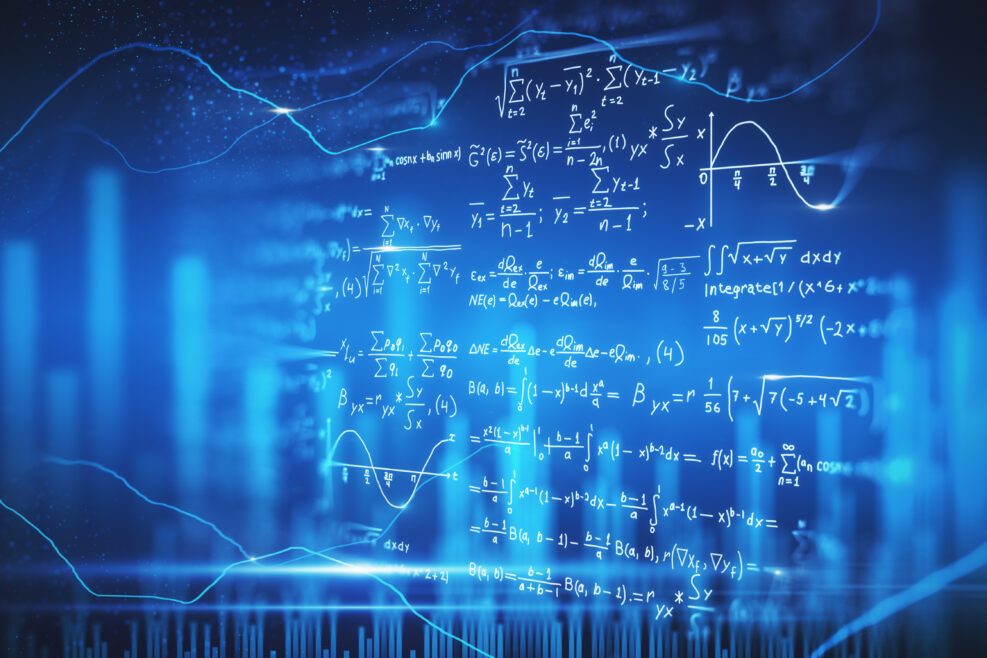
The Needless Complexity of Modern Calculus
How 18th century mathematicians complicated calculus to avoid the criticisms of a bishop
The Chaitin Interview I: Chaitin Chats with Kurt Gödel
In this week’s Mind Matters episode, Robert J. Marks begins a conversation with mathematician and computer scientist Gregory Chaitin. The two discuss Chaitin’s beginnings in computer science, his thoughts on historic scientists in his field such as Leonard Euler and Kurt Gödel, and even the story of how a cold call to Gödel almost led to Chaitin meeting the famed Read More ›